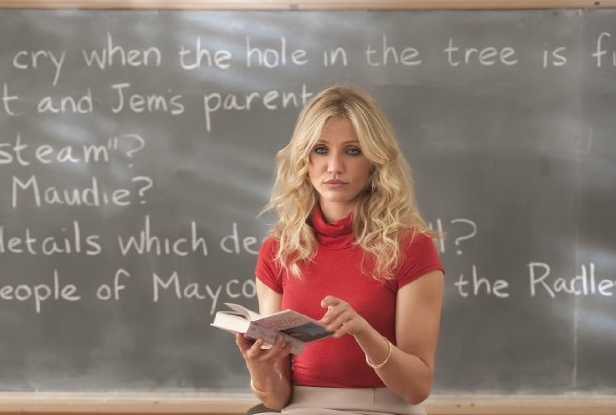The age-old adage of not judging a book by its cover is hopeful in its intent; in reality, however, “covers” create first impressions, and first impressions count. How a person dresses sets a tone, an image, and others react to this. In a classroom, the teacher’s attire can largely impact the students’ opinions and create either a negative or positive type of educational climate. Understanding and practicing proper attire for the classroom can affect a teacher’s relationship with students, her ability to serve as a role model and authoritative figure, and even her daily outlook.
Written by Brian D. Hadfield
If a school district dictates a dress code for its employees, then choice-of-wardrobe is not difficult. Many districts, however, have a much looser policy, and teachers are left to decide on their own what is appropriate. Over the decades, dress-code in the work place has become increasingly casual. Teachers in some middle and high schools can dress in a way that hardly distinguishes them from their students. While the actual items of clothing worn by teachers may not determine what or how students learn, they can significantly impact the level of respect that students develop for that individual.
There is a reason that weekends and “days off” are associated with sweatpants, t-shirts and other types of comfortable clothing. The more relaxed a person’s attire, the more laid-back they tend to feel and act. In a classroom, a teacher dressed in this manner projects a more easygoing demeanor. This can have a positive effect when it allows students to feel at ease, but it can also be a detriment when it encourages relaxed, less-disciplined behaviors. A teacher wearing clothing that is either extremely casual (e.g., sweats, ripped jeans or baggy shirts) or age-inappropriate (e.g., t-shirts with slogans or funny sayings, tight-fitting clothing, or short skirts) might “connect” with the students on a personal level, but unfortunately much of the sense of authority and control over the classroom can be lost.
Teachers can establish a certain amount of that “connection” with their class while still dressing in ways that convey a more business-like persona. One middle-school teacher wears dress pants and a button-down dress shirt each day. He personalizes his wardrobe, however, with hundreds of fun, unique ties. The students look forward to seeing an eclectic mix of holiday, subject-themed, crazy ties over the course of the school year. This introduces an element of fun and creates a way for student and teacher to interact on a personal level while maintaining a certain tone of formality.
Female teachers can likewise bring their unique interests and personality into their classroom attire. Skirts, dresses, blouses and nice slacks can be accessorized with jewelry and scarves that give a familiar flair. A teacher who loves frogs might have pins, bracelets, watches and earrings in the shape of her favorite critter. She creates a bond with the students by letting them know a little bit about herself. One high-school English teacher amuses her students by showing up every day in December wearing a different holiday-themed sweater. Again, this creates a connection and a sense of familiarity without sacrificing standards of formality or modesty.
Not only does this mode of dress affect how the students view the teacher, but it influences the teacher’s own daily outlook. When it’s time for that final check in the mirror before leaving the house, an individual establishes an attitude based on his own reflection, and this self-image carries over into the workplace. A teacher feeling “put-together” as he enters the classroom will convey that organized and in-control attitude with the students. Dressing and behaving in a way that emphasizes his position as an authority figure and a role model, he establishes a professional approach to his career not only in the students’ eyes, but in his own mind. This confidence creates a successful teacher and, consequently, a successful classroom.
Ideally, books should not be judged by their covers. Whether right or wrong though, in reality impressions are often based on appearances. Reactions and attitudes are developed according to how a person looks, and in a setting like the classroom, the type of reaction students have to their teacher is crucial to their success. By simply considering the image they wish to project, a teacher can dress in a way that is best-suited for an effective learning environment.
first publised in www.uscranton.com
